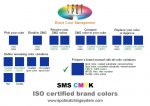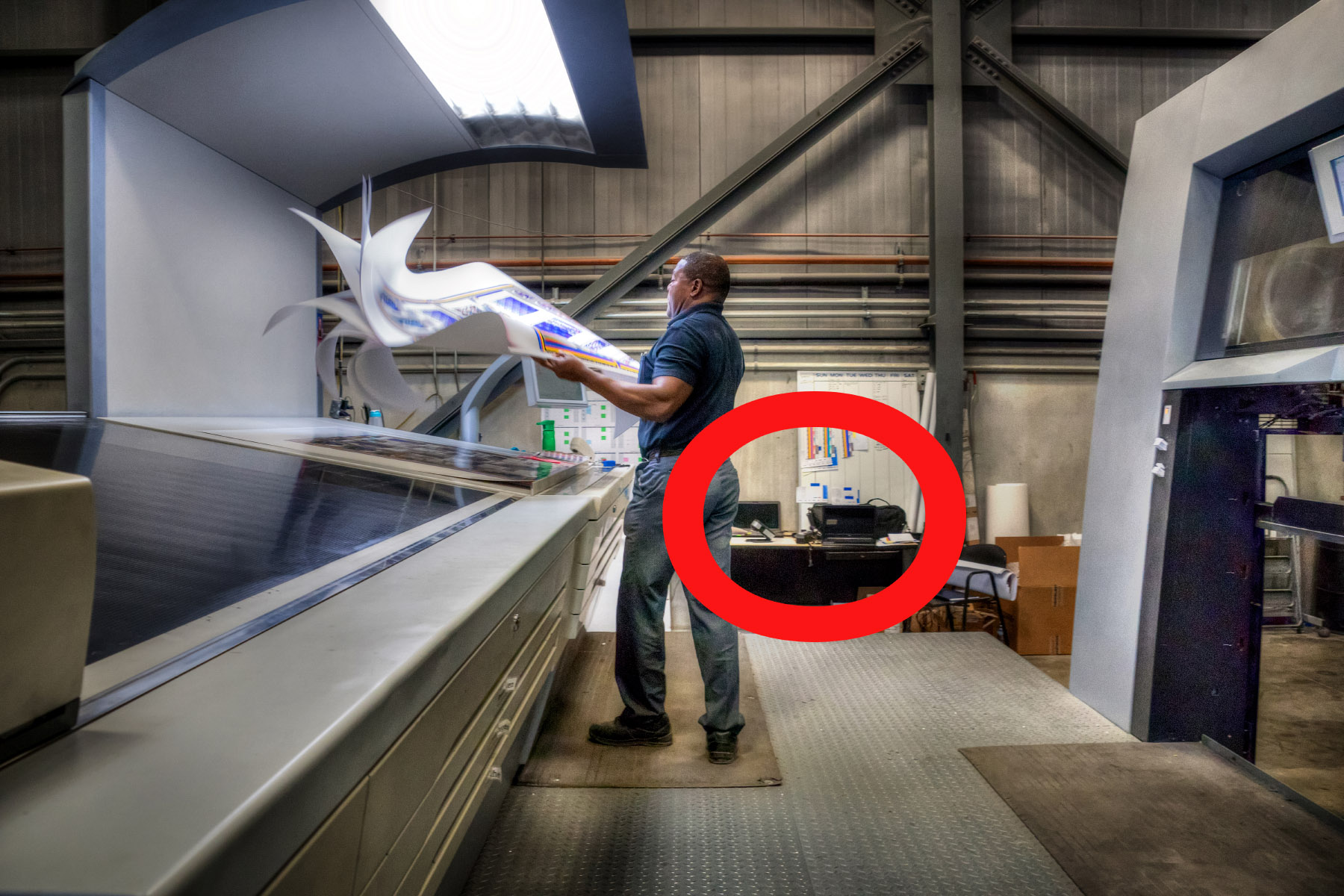SMS
Active member
Spot-Nordic, an Icelandic company based in Reykjavik has just launched a new color matching system, consisting of 420 ISO certified colors, adapted for CMYK printing on coated and uncoated paper.
We are looking for printers in all categories that are, what we refer to as, SMS READY, - i.e. are able to receive CMYK PDF files set up for output and printing according to ISO 12647-2-2013 - or are ready to receive such PDF files and to convert them to their own colorspace.
For preparation and layout for a job to be printed on coated substrate/paper, the designer will be using the Fogra Coated V3 icc profile and for a job to be printed on uncoated paper, the designer will be using the Fogra Uncoated V3 icc profile.
To be SMS READY, you need to be able to hit our ISO certified SMS brand colors in CMYK according to your own ISO certified SMS poster or color guide or (in the case of custom SMS colors), according to a customer supplied custom ISO certified SMS proof/ticket. PSO certified printers and G7 Master Facilities should be able to manage this task. The DE2000 we would consider acceptable in the case of our SMS colors is 2 or less from the target color.
Please refer to our website www.spotmatchingsystem.com and contact [email protected] if you believe your company is SMS READY. You may also want to consider subscribing to SMS in this case - see www.spotmatchingsystem.com/services. Posters and color guides can also be ordered from our website.
If your company happens to offer contract proofs (ISO 12647-7-2016), we are looking for remote proofing sites to print out SMS posters, color guides and custom SMS proofs for customers in your region.
We are looking for printers in all categories that are, what we refer to as, SMS READY, - i.e. are able to receive CMYK PDF files set up for output and printing according to ISO 12647-2-2013 - or are ready to receive such PDF files and to convert them to their own colorspace.
For preparation and layout for a job to be printed on coated substrate/paper, the designer will be using the Fogra Coated V3 icc profile and for a job to be printed on uncoated paper, the designer will be using the Fogra Uncoated V3 icc profile.
To be SMS READY, you need to be able to hit our ISO certified SMS brand colors in CMYK according to your own ISO certified SMS poster or color guide or (in the case of custom SMS colors), according to a customer supplied custom ISO certified SMS proof/ticket. PSO certified printers and G7 Master Facilities should be able to manage this task. The DE2000 we would consider acceptable in the case of our SMS colors is 2 or less from the target color.
Please refer to our website www.spotmatchingsystem.com and contact [email protected] if you believe your company is SMS READY. You may also want to consider subscribing to SMS in this case - see www.spotmatchingsystem.com/services. Posters and color guides can also be ordered from our website.
If your company happens to offer contract proofs (ISO 12647-7-2016), we are looking for remote proofing sites to print out SMS posters, color guides and custom SMS proofs for customers in your region.

















